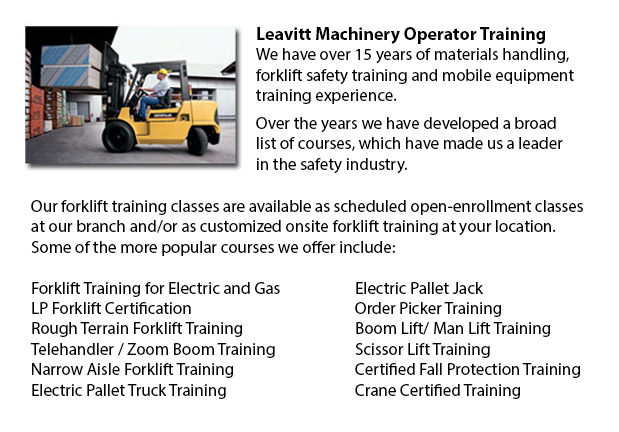
The scissor lift, often identified as a table lift, is an industrialized lift that has been customized for usage within wholesale and retail settings. Industrialized lifts have been utilized for decades within the manufacturing and production industries to efficiently elevate and lower people, supplies and gear. The scissor lift is a platform with wheels that functions like a lift truck. It is convenient for duties that demand the mobility and rate of transporting people and materials into the air.
When fully extended, the scissor lift can reach 6.4 to 18.8 meters or from 21 to 62 feet above ground. It is distinctive in the fact that it does not rely on a straight support to raise its platform, rather folding supports underneath it come together and stretch the platform upwards. Available with either an electric or hydraulic motor, the scissor lift offers a uneven ride due to the lift's design that keeps it from traveling with a constant velocity. Instead, it travels more rapidly in the middle of its path and slows down with added extension.
The initial scissor lifts were initially designed in the 1970's. Considerable improvements in safety and materials have been prepared ever since then, but the essential design is still accepted. A relative to the lift truck, the scissor lift grew to become recognized for its portability and effectiveness, also becoming prevalent as they were the only industrialized platforms that could be without difficulty retracted to fit into the corner of an office. Modern scissor lifts are presently used in just about all areas of production and manufacturing. Used in the construction industry successfully on an rough terrain and commonly used indoors among warehouses to automobile repair, these machines complete a varied workload.
-
Aerial Lifts
Aerial lift trucks are able to accommodate many odd jobs involving high and tricky reaching places. Often utilized to carry out routine preservation in structures with elevated ceilings, trim tree branches, raise heavy shelving units or mend phone li... More -
Rough Terrain Forklifts
There are actually two different classifications of lift trucks within the material handling industry, the industrial model and the rough terrain model. Rough terrain lift trucks first came on the marketplace in the 1940's and had been primarily util... More -
Reach Trucks
Reach Trucks are mechanized equipment utilized for loading and storage in certain firms that maintain storage of cargo to finished goods on a pallet which are then inserted into lofty shelving units. This loading machine helps corporations safely and... More -
JLG Telehandler
After retiring in the late 1960's, John L. Grove started on a cross country RV voyage. After spending numerous years establishing his family built crane company with his brother, John had no idea that this trip would give birth to the rise of JLG Ind... More -
Crown Forklift
More

Forklift Certification Nanaimo
TOLL FREE: 1-888-254-6157
Nanaimo, British Columbia
forkliftcertificationnanaimo.com
Email Us
About Us


